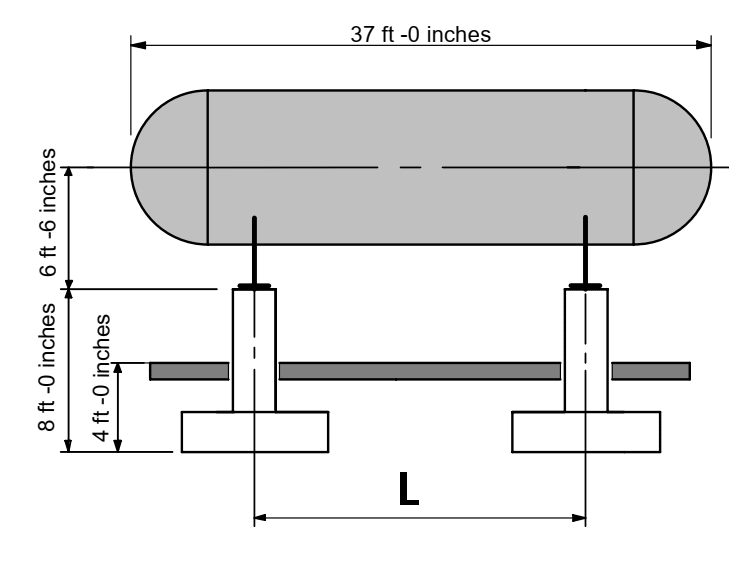I am a young civil engineer.
I use following equation:
Expansion or Shrinkage △= ε * L.
Among which, α is the expansion or shrinkage(inches) happening per 100 feet, at a temperature more than 7O°F.
If maximum design temperature is 7O°F, ε=0.

But in China, if maximum temperature of material in vessel is no more than 80℃, thermal load would be ignored.
Here, I just want to inquire how mechanical engineers consider it.
I use following equation:
Expansion or Shrinkage △= ε * L.
Among which, α is the expansion or shrinkage(inches) happening per 100 feet, at a temperature more than 7O°F.
If maximum design temperature is 7O°F, ε=0.

But in China, if maximum temperature of material in vessel is no more than 80℃, thermal load would be ignored.
Here, I just want to inquire how mechanical engineers consider it.
